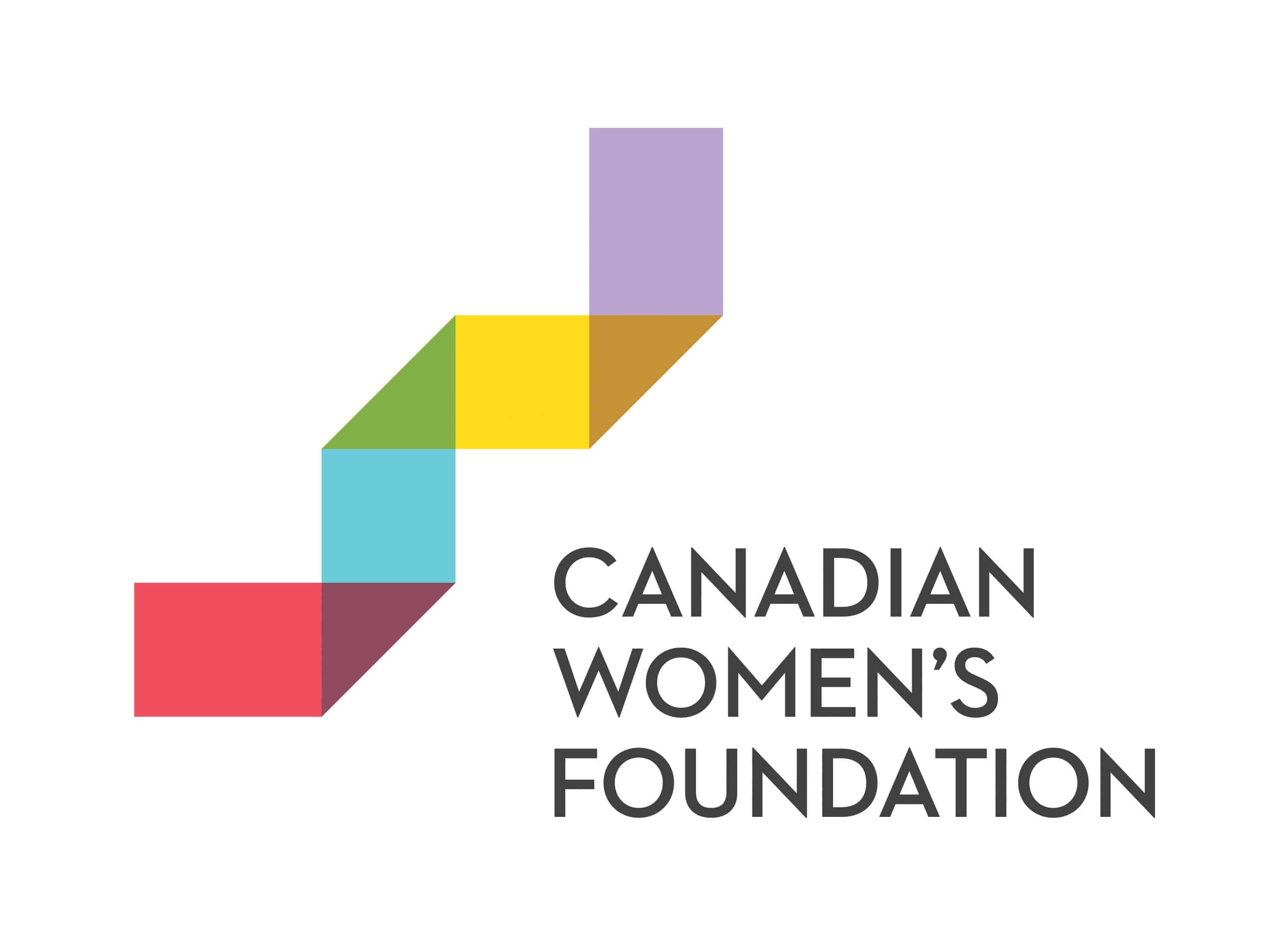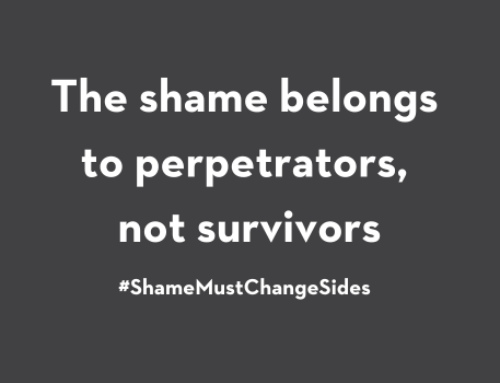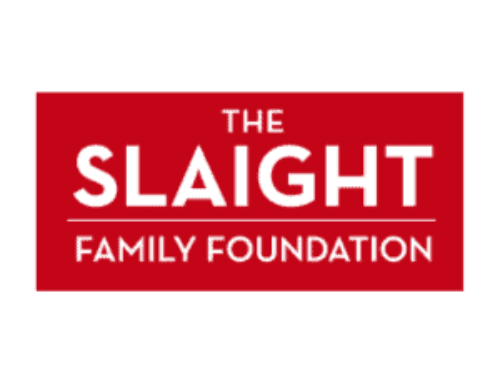
I recently spoke with Gina McKay, a facilitator with the Sexuality Education Resource Centre (SERC) in Winnipeg, Manitoba, about how her organization is working with newcomer and refugee youth. The Canadian Women’s Foundation provides multi-year funding to SERC’s Newcomer Youth & Healthy Relationships program, which serves youth aged 12-17 in two inner-city schools.
“In my role at SERC, we do violence prevention programming all the time,” Gina says. “But what makes it different with newcomer youth is that everyone has a different experience and we’re coming together and negotiating culture—a new culture.”
For SERC, inclusion means adaptation. The organization’s workshops are constantly changing to better suit the needs of students, and the curriculum shifts with the stages of the school year. SERC’s newcomer program is delivered in partnership with The Peaceful Village, a community organization that aims to develop a village-like setting within a school. In the north end of the city, SERC runs another healthy relationships program that works with aboriginal girls, along with a separate program that trains service providers and teachers who work with LGBT youth.
Gina says an inclusive program avoids the assumption that every student is familiar with terms such as “consent” and “healthy relationships” right off the bat. In her experience, many newcomer youth have only been in Canada a few months and aren’t used to talking openly about sexuality with their peers and parents. They’re often surprised to find that healthy relationship skills are being taught at school.
“We teach consent, healthy communication in a way where we don’t call it that. Where I find youth get caught up is understanding the language and all these laws in Canada, whereas they may come from a community where these laws haven't been made known to them,” she says.
An inclusive program that works with, not against, cultural differences can help newcomer youth and marginalized groups feel safe and welcome. A safe space is communicated: participants walk into a room and see that they’re welcome in an open and accepting environment. Young people are able to connect with the course material in multiple ways: with educators, through multimedia and through social media. SERC also hires community workers who reflect the diversity of the community they serve.
To bridge the gap between generations, SERC fosters relationships with newcomer parents taking English as an Additional Language (EAL) classes. Presentations throughout the year help parents understand SERC’s violence prevention programming and build their trust for youth.
“We adapt and we work with the community,” Gina says. “We ask: who’s in my community and how do I work with them? Let’s strengthen it from there.”







